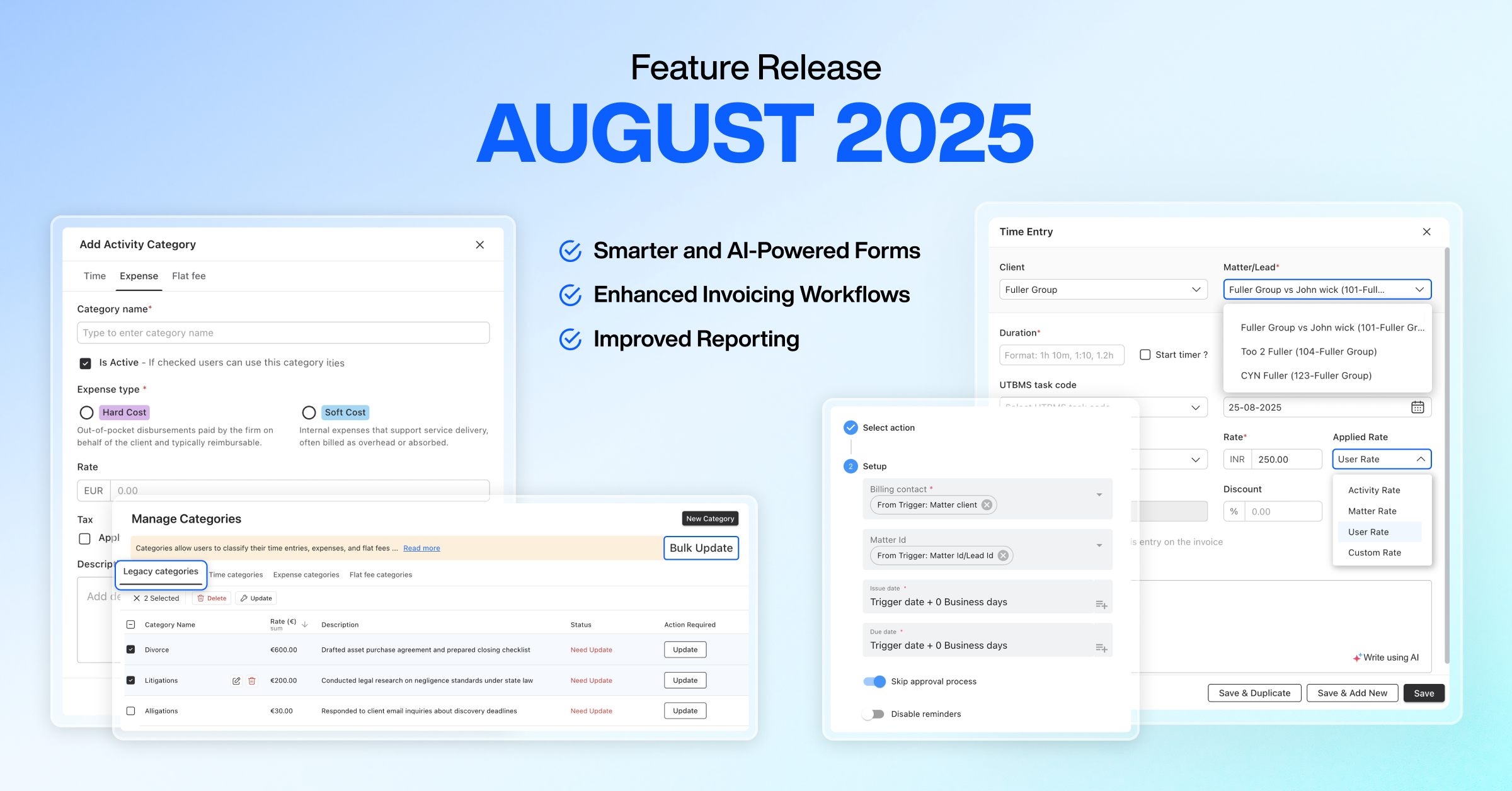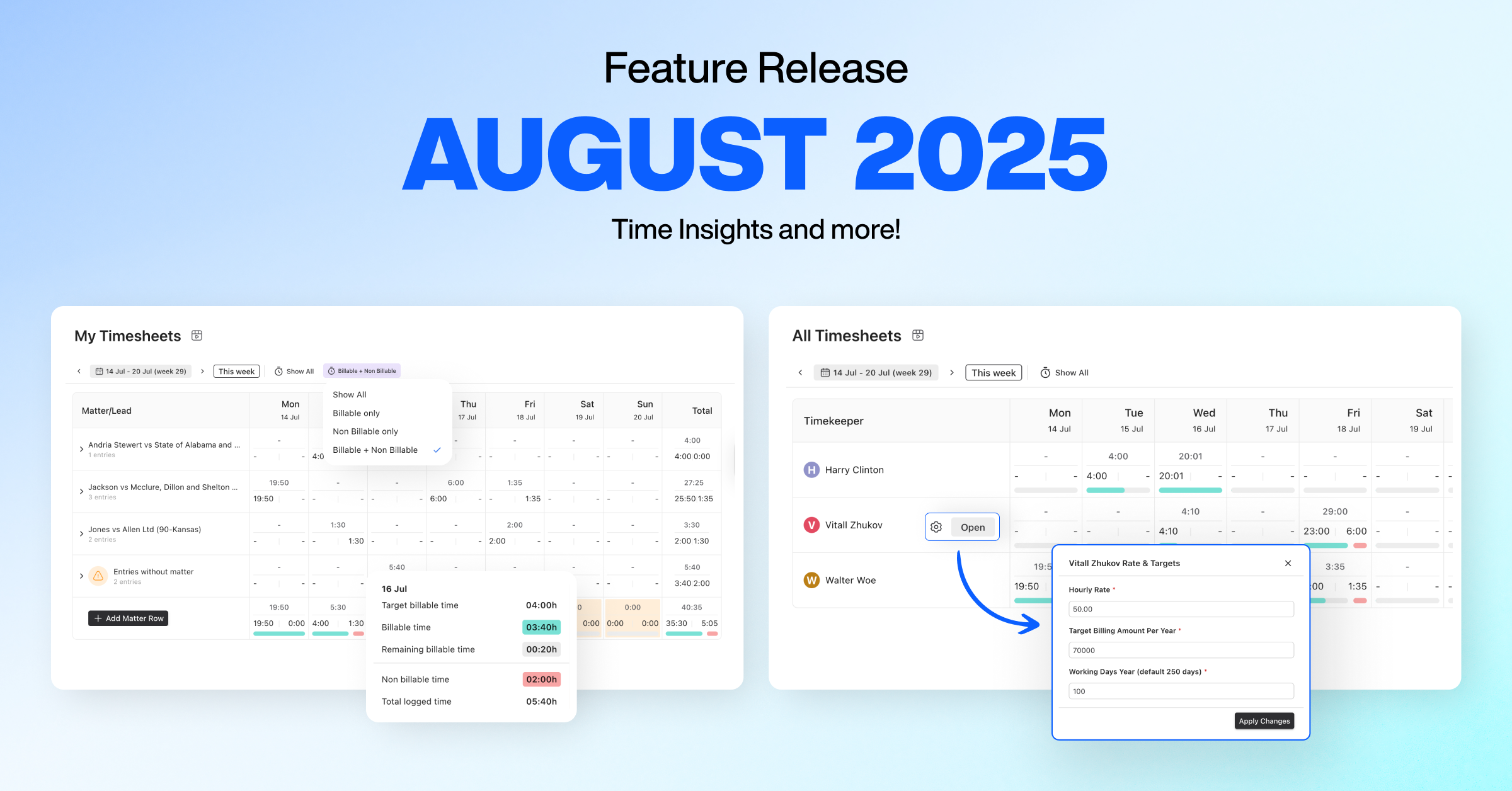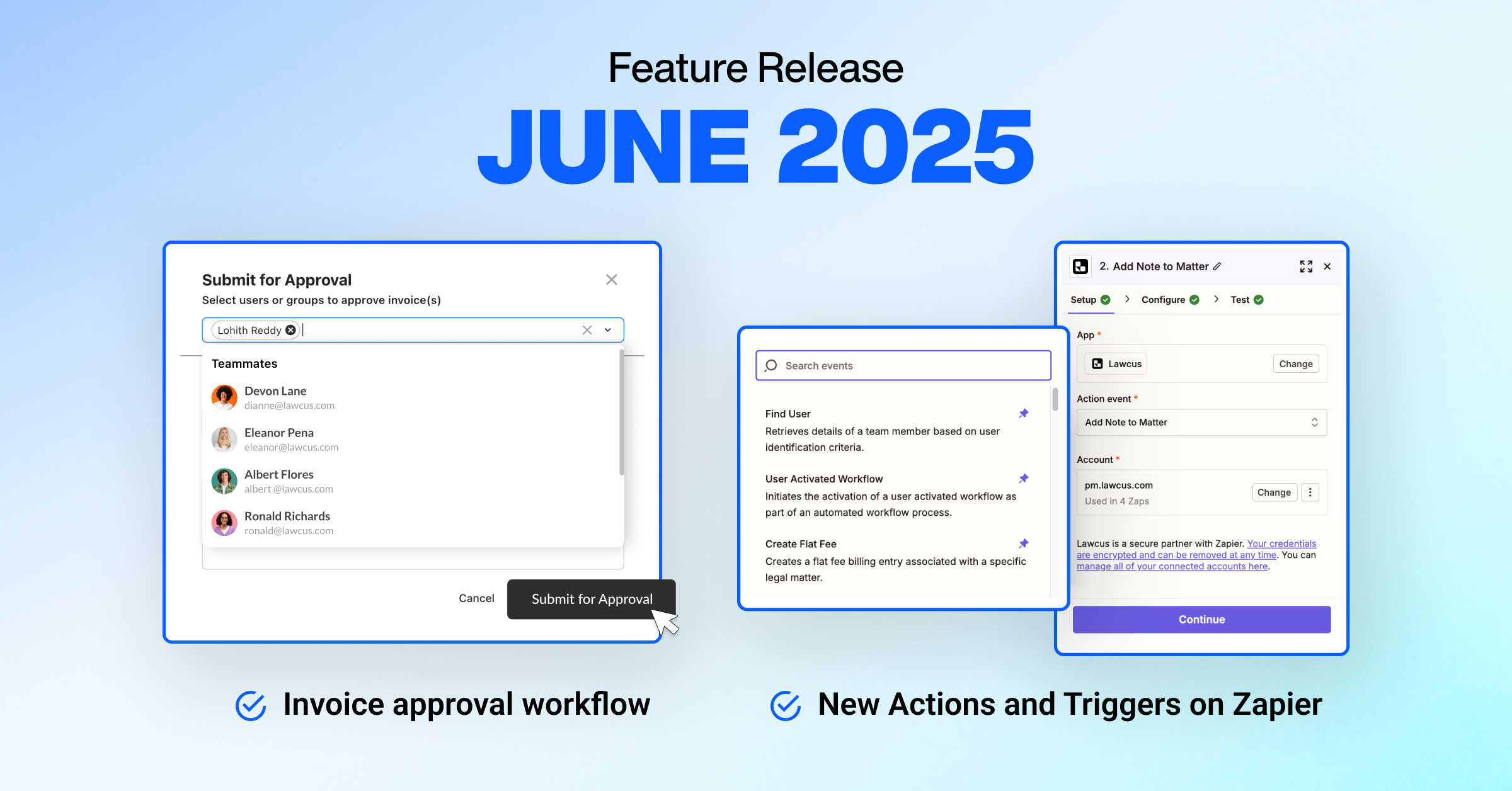How Lawyers Can Dominate with Video Marketing: A Step-by-Step Guide
2nd January 2025
In today’s digital age, people prefer watching a video to reading long blocks of text. For law firms, that presents an enormous opportunity. Yet research shows that only around 24 % of law firms actively include video in their marketing mix. By implementing thoughtful video marketing for lawyers, you not only humanize your practice and build trust, but you also enhance your SEO, increase dwell time on your site, and ultimately drive more client leads.
In this blog, we’ll walk you through why video marketing matters for lawyers, the most effective types of videos, how to optimize them (both for search and conversions), and how to measure success. By the end, you will have a blueprint you can implement with your practice.

Why Video Marketing for Lawyers?
Increased engagement and trust: Videos allow you to show the face behind the firm, speak directly to potential clients, and build credibility in ways that text cannot. According to one source, “videos humanize your firm … a face and voice build instant rapport and trust that drives inquiries.”
Better SEO and website performance: Videos can improve your site’s engagement metrics (time on page, bounce rate) and help you rank for competitive keywords. A guide states that websites with video content are 53 times more likely to appear on the first page of Google compared to ones without.
Stand out from competitors: Only a minority of law firms are actively leveraging video, meaning early adopters gain a competitive edge.
Effective across the client journey: From awareness (short, informative clips) to the decision stage (testimonials, case stories), video supports each step in the client funnel.
Types of Online Video Content Lawyers Should Produce
Below are the most effective forms of video content for law firms and how to use them strategically.
Educational / FAQ Videos: Short, clear videos that answer common questions your potential client might have. For instance: “What should I do after a car accident?” or “How is child custody determined in the US?” These establish you as an expert and build trust.
Practice Area Explainer Videos: Videos addressing specific practice areas: e.g., “Chapter 7 vs Chapter 13 Bankruptcy, which is right for you?” or “Wrongful death claims: timeline & costs”. These help viewers decide whether your firm is a fit.
Client Testimonial / Case Study Videos: Nothing beats real client voices. Short videos where former clients talk about their experience can showcase your track record and build credibility. (Elite Legal Marketing |)
“Meet the Team” and Origin Story Videos: Introduce your lawyers, show your office, tell your story. These videos help humanize your practice and differentiate your brand.
Short-Form Social Videos & Micro-Content: With platforms like TikTok, Instagram Reels, and YouTube Shorts gaining traction, law firms should create concise, attention-grabbing videos of 30-90 seconds.
Live / Webinar Videos: Live Q&A sessions or webinars help you engage directly, answer pressing questions and position your firm as transparent and accessible.
Crafting Your Video Marketing Strategy
Here’s a recommended step-by-step strategy tailored for law firms:
Define your target audience & client persona
Understand who your ideal clients are: age, income, legal need, geography, and pain points. This will inform your video topics, tone, and distribution channels.
Set clear goals & KPIs
Decide what you want: increased website traffic, more consultation calls, a higher conversion rate, or better brand awareness. Then, select metrics: view count, watch time, completion rate, conversion rate, and cost per lead.
Choose your video topics & formats
Based on your client persona and practice area, pick topics that address real client questions or pain points. Map them to stages: awareness → consideration → decision. Use the content types above.
Produce your videos (with quality & compliance)
- Make sure your video is professionally produced (clear audio, good lighting). Production value matters especially for high-stakes legal services.
- Ensure compliance: do not make promises, guarantee outcomes, or violate advertising rules for lawyers.
SEO & optimization for discoverability
- Host on YouTube and embed on your website. YouTube is the 2nd most visited site and a key search engine.
- Optimize video title, description, tags, and transcript. Use your target keywords (e.g., “video marketing for lawyers”, “law firm video marketing”, “lawyer video SEO”).
- Add a transcription or captions on your site (which aids keyword coverage and accessibility).
- Use custom thumbnails, encourage likes/comments/shares (engagement helps ranking).
Distribute & promote your videos
- Embed on relevant practice‐area pages of your website.
- Depending on your audience, share on social media (YouTube channel, Facebook, LinkedIn, Instagram, TikTok).
- Consider paid video ads (YouTube Ads, Facebook Video Ads) for targeting specific client segments.
SEO-Optimization Tips Specific to Lawyers & Video
- Include your focus keyword (“video marketing for lawyers,” etc) in your video title and early in your description.
- Build a short, compelling video description that includes the keyword and a call-to-action (CTA) for consultation.
- Use transcripts/captions for better crawlability.
- Embed video on your website with relevant anchor text and context so the page becomes a “video landing page” targeting your keyword.
- To build trust, link to authoritative resources (for example, the American Bar Association site or stats on video marketing).
- Use internal links from blog posts or practice area pages to your video page, and vice versa.
- Encourage social shares and embed your video on other relevant platforms (LinkedIn, Instagram).
- Use time-stamps, chapters or playlist structures on YouTube if making multiple videos.
- Ensure video loads fast, is mobile-friendly, and supports captions (mobile-first optimization).
- Read more
Common Pitfalls & How to Avoid Them
- Skipping the strategy: Without clear audience + goals, you risk low-engagement content.
- Poor production quality: A low-quality video may harm trust more than help.
- Ignoring compliance: Don’t make guarantees or mislead viewers about outcomes.
- Not optimizing for SEO: Treating video like a “one-and-done” asset will limit reach.
- Failing to distribute: Uploading to YouTube but not embedding or promoting means low visibility.
- Not measuring or iterating: Without tracking, you won’t know what works and what doesn’t.
Putting It All Together: Step By Step
- Define target persona: “Adults aged 30-50 in [City], recently in a car accident, seeking a personal injury lawyer.”
- Goal: Generate 10 qualified leads/month from video content.
- Topic: “What Should You Do Immediately After a Car Accident – 3 Key Steps” (2-minute explainer video).
- Production: Film attorney in office, use B-roll of accident scene (stock), overlay key points, include CTA at end.
- Upload to YouTube: Title – “Car Accident? What To Do Immediately – [City] Personal Injury Lawyer Explains”; Description includes keywords + link to consultation page; Tags related.
- Embed on website’s “Personal Injury” page; blog post summarises video content and embeds video (aided by keyword-rich copy).
- Promote on Facebook, LinkedIn, and Instagram; share teaser clip on Instagram Reels and TikTok.
- Track metrics: watch-time, completion rate, site traffic from video page, consultation form submissions.
- Analyze results after 30 days; iterate on the topic, tweak the CTA, try an A/B thumbnail, or a shorter form version.
Why Lawcus Users Should Care
As users of Lawcus, a modern legal-practice management platform, you understand the importance of streamlined, client-centric service. Supporting your marketing with video content amplifies your professional brand and aligns your tech-savvy workflow with a sophisticated client experience. Videos help you stand out in a crowded field, communicate your value proposition more clearly, and accelerate client intake, which pairs perfectly with a tool like Lawcus that helps you manage cases, workflows, and client communication.
Conclusion
Video marketing isn’t a fad for law firms, it is quickly becoming essential. By adopting a well-defined strategy, producing high-value video content, optimizing for SEO, and continually measuring and improving, you can move ahead of firms that are still reliant purely on text or static pages.
If you’re ready to transform your law firm’s visibility, build trust before a prospect even calls, and create a consistent client-attracting system, video marketing deserves your attention. Start small, pick one practice-area video this quarter, embed it on your site, measure results — and scale from there.
Remember: the firms that make the move now will reap the benefits in increased leads, higher website rankings, and stronger brand presence while others catch up.


 Wisetime
Wisetime 






